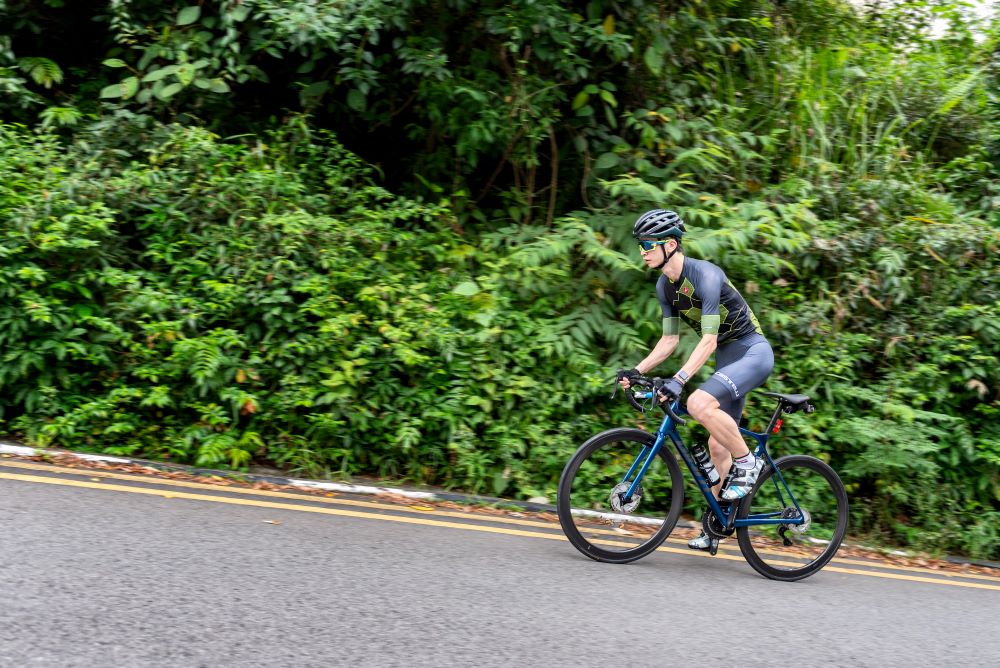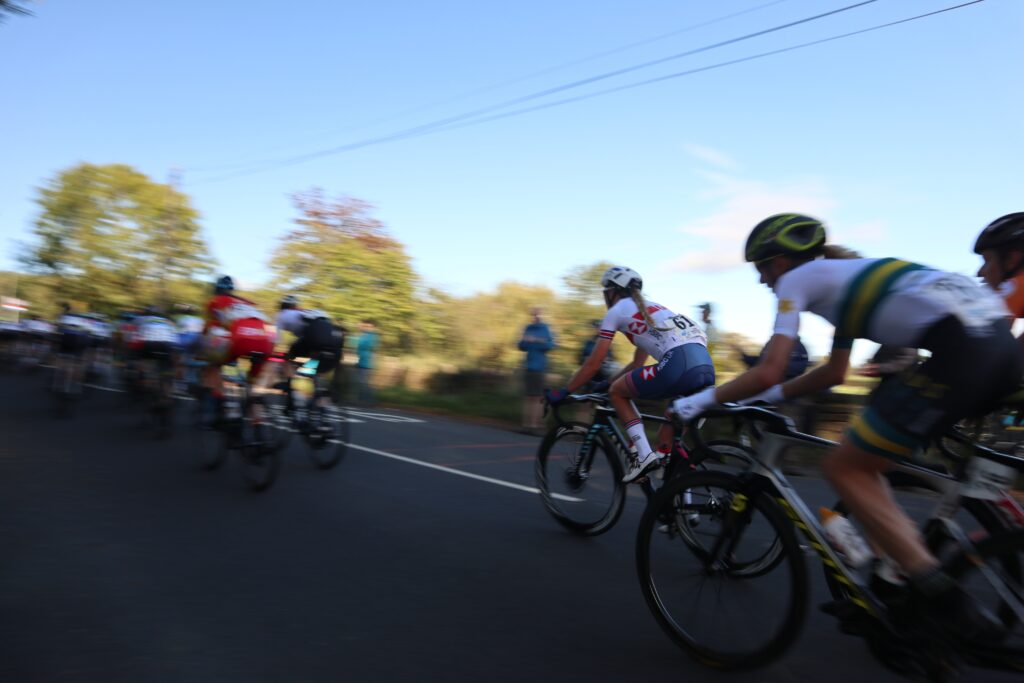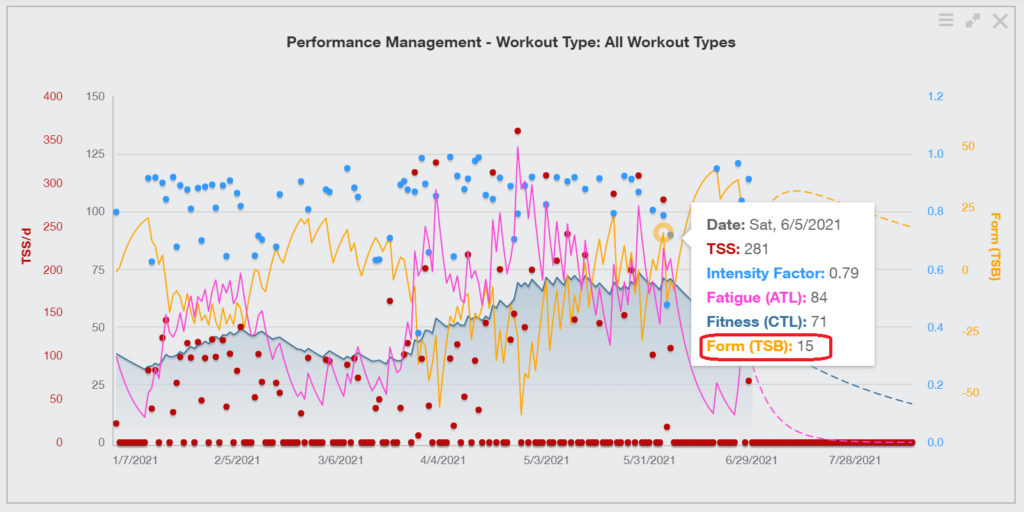Ensuring you reach peak fitness for your next event
Whether you’re targeting your first sportive or you’re a veteran racer, we all want to make sure we reach peak fitness when entering an event. Chances are you’ve been training hard but how do you make sure you’re in the best form when it comes to the big day?
Training Specificity
The first step is making sure your training is as relevant as possible to your chosen event. There’s little point in focusing on sprint training if you’re targeting an epic hilly sportive! Make sure your training includes plenty of sessions that mirror challenges you’re likely to come across during your event.
If you know your event includes a difficult 10 minute climb towards the end of the route try tagging on some hill repeats to the end of your weekend rides. If you prefer to train indoors try completing a long session of riding in your endurance zone followed by some threshold intervals. These might seem pretty gruelling at the time but will get your body used to performing once already fatigued. Making it easier for you to get up that hill when you’ve already had a long day in the saddle.

Master the Taper
The next thing to think about is how to taper your training in the run up to the big day. It goes without saying that you want to turn up to your event with fresh, strong legs. While it may seem tempting to train right up to the last minute. With a week or so to go your fitness levels are not going to improve and further training will actually be counterproductive. That being said, you don’t want to stay off the bike completely in the aim of having fresh legs and lose those hard earned fitness improvements you’ve gained over the previous months.
The aim is to strike a balance between how fit you are and how fatigued you are. This can be a bit of an art and reaching peak fitness requires some practice. Luckily there are multiple ways to help you decide what works best for you.

When it comes to target events we advise that riders do their last significant hard session or long training ride 10-14 days before their target event and then focus the remaining time on active recovery with some brief higher intensity training drills included to maintain fitness gains.
Begin by cutting out your high intensity training sessions and replacing them with short rides at a medium pace. Include cadence drills or brief sprints but make sure to follow with a rest day. This ensures you’re giving your body adequate time to recover. On the weekend before your event feel free to go for a longer ride but keep it steady. Follow up the next day with a very easy recovery ride of no longer than 45 minutes.
Follow this model of shorter, less intense rides alongside short training drills for the following week. Make sure you include rest days and recovery rides where appropriate. Get this right and you should turn up to your event in peak fitness. Feeling rested but without the heavy legs that accompany spending an extended period off the bike.
With our coaching clients we use TrainingPeaks to remove some of the guesswork and take a more measured approach to the taper. TrainingPeaks use something they call Training Stress Balance. This is essentially a mathematical representation of your form, where form = fitness – fatigue. Using power data to measure how hard each of your rides has been, they take an average of the past 42 days to represent your fitness and an average of the past 7 days to represent how fatigued you are. Strava also offers a similar number calculation on their platform.

If your TSB number is negative this signifies you are fatigued and not adapted to your current training load. If it’s positive then it’s a good sign that you are ‘fresh’ and ready to perform. You will still need to discover where you work best on this scale. We work with athletes that do well with a low positive score and others that need to have a much higher score to achieve their peak performance. The majority of athletes perform best by hitting between +15/+25 on race day, if it’s your first time using TrainingPeaks to inform your taper, try to aim for this and see how you feel.
Nutrition & Hydration
Finally, it’s worth briefly mentioning nutrition. We really can’t overstate how important nutrition and hydration are when it comes to unlocking peak performance at endurance events. This applies to both the days leading up to the event and the duration of the sportive itself. We advise our athletes to gently increase their carbohydrate intake in the run up to an event. Advising they peak at eating 8-10g of carbs per kg of body weight per day. Don’t feel like you need to shovel in mounds of pasta to do so. Fresh and dried fruits, cereals and smoothies amongst other things can all help you reach this target.
On the big day it’s good to aim for 1g of carbohydrates per kg of body weight per hour. How you achieve that is purely down to personal preference but it will probably mean you have to take in more food than you are used to. Likewise with hydration a lot of people do not hydrate anywhere near enough during their normal rides. The benefit of a sportive is you’ll likely have a few opportunities to fill up your bottles. Try to aim for 500ml an hour, more if it’s particularly warm.
One thing we advise all of our athletes to do is to stick to what you know. An event you want to perform well at is not the time to be trying out new nutrition products!
Get in touch with Blackzone Coaching and learn more about how a tailored coaching programme can help you master every element of reaching peak fitness.